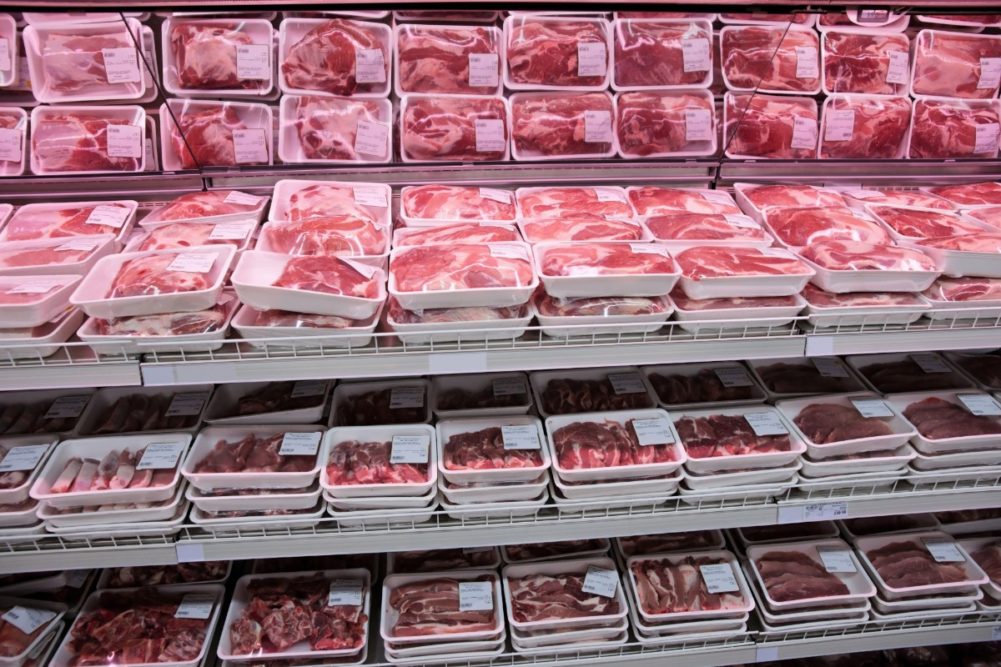DENVER – A new quarterly report from CoBank’s Knowledge Exchange, concluded that while the global impact of the Ukraine-Russian war is most significant in the grain and energy sectors with economic fallout that is expected to linger for the long-term, continued reliance on and growth of global trade is not expected to be a part of the fallout. Commodity sectors in particular will likely continue to fuel global trade.
Positive economic indicators, such as unemployment rates that have fallen back to levels seen before the pandemic and rising earnings and spending among consumers, are bright spots despite the blunting effect of inflation, which CoBank said will be combatted by the Federal Reserve, including raising interest rates significantly this year.
“Cooling demand will probably take more Fed action than most currently expect,” said Dan Kowalski, vice president of CoBank’s Knowledge Exchange. “While interest rates are rising, financial conditions are still quite loose relative to the level of inflation. Real, or inflation-adjusted rates remain deeply negative, maintaining a stimulative effect on the economy. In total, we expect the Fed to raise rates by 250 basis points in 2022. But we won’t be surprised if they need to do more.”
CoBank said inflation should ease by this summer and rising commodity prices that have spiked since the onset of the war, should ease. Other positive signs include decreases in the costs for trucking goods and fewer transportation delays.
In its April 21 quarterly update, “Adapting to Another Global Crisis,” CoBank said global economic growth will lag in 2022 as there is a shortage of inputs relied on by agricultural sectors and energy prices are at historic highs while the United States authorized the biggest release of petroleum reserves to date.
Addressing the animal protein sector CoBank’s Brian Earnest wrote that producers of livestock, meat and poultry products have reasons for optimism as meat prices continue rising in response to headwinds that include drought concerns, labor shortages, rising energy prices and higher feed costs.
In terms of production, pork and poultry output has decreased from 2020 levels while beef has increased. According to Earnest, 2022 pork throughput is down 6% year over year and 7% lower than 2020 levels. After a slow start to the year, beef processing has increased with weekly slaughter numbers up by 1% over last year. Meanwhile poultry production has seen moderate growth over last year with broiler harvest numbers increasing by 1% in 2022 but 3% lower than 2020.
The report pointed out the rapidly spreading cases of highly pathogenic avian influenza have resulted in the culling of 20 million birds so far, which is the biggest loss since the outbreak in 2015. Turkeys and table eggs have been the primary losses and while broiler supplies have not yet been interrupted, poultry exports are threatened as some trading partners including China, ban poultry shipments from US exporters raising broilers where outbreaks have been confirmed.
Meanwhile, a bright spot continues to be the surging value in meat and poultry exports, which increased by 22% to approximately $22 billion in 2021.
After the recovery of the foodservice industry was interrupted by the omicron variant earlier this year, the return of consumers to restaurants has become more sustained, said Earnest. This combined with the ensuing kick-off to grilling season looming, has stakeholders confident in strong demand in the coming months, as consumers seemingly have shrugged off meat and poultry prices that have risen by an average of 10% during the 12-month period ending in February 2022.
“As COVID restrictions ease, wholesale markets remain volatile as retail and foodservice battle for limited supply,” Earnest wrote.


